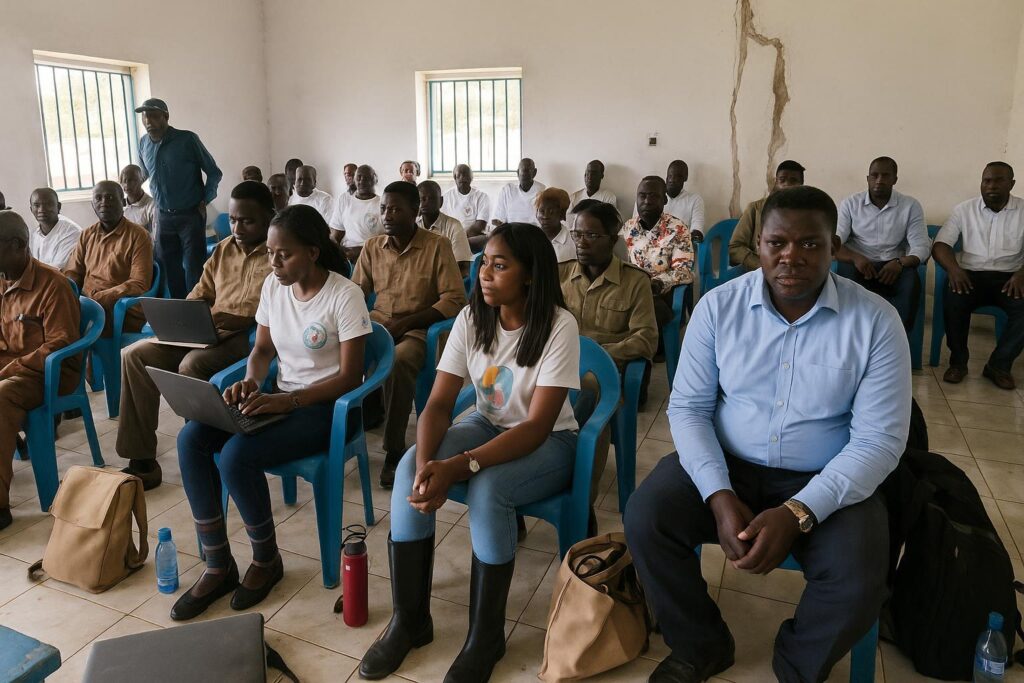Upper Nile Health Drive Gains Momentum
A high-level team from South Sudan’s Ministry of Health visited Malakal this week, unveiling intensified actions against four neglected tropical diseases across the Upper Nile region. Officials framed the tour as evidence of government resolve to strengthen community health services.
Government Push Targets Four Diseases
Undersecretary Anin Ngot Ngot said the campaign focuses on trachoma, lymphatic filariasis, river blindness and bilharzia. He described the effort as a collaborative undertaking involving state authorities, health partners and residents determined to free their counties from preventable suffering.
Field Progress in Renk County
The latest trachoma impact survey shows Renk County has met the World Health Organization threshold for elimination. Observers cite improved drug distribution, sanitation awareness and community surveillance as drivers of the milestone, presenting a template for neighbouring districts still grappling with high infection rates.
2023-2027 National Roadmap
A new master plan covering 2023 to 2027 outlines financing, surveillance and cross-border coordination to accelerate disease control. Ngot emphasized that clarity of roles and predictable funding streams are essential to sustain momentum, especially in remote eastern and western counties where access remains fragile.
Local Voices Call for Water Solutions
Upper Nile’s director general, Isaac Wango, argued that safe water infrastructure could dramatically curb transmission of schistosomiasis and other water-borne illnesses. He urged donors to integrate boreholes and hygiene education into every neglected disease programme, warning that medicines alone cannot secure lasting victories.
Stakeholders Weigh Regional Impact
Public health researchers note that success in Upper Nile could reduce disease importation across the Sudan frontier, easing pressure on fragile border clinics. International agencies meanwhile view the initiative as evidence that post-conflict governance structures can deliver measurable benefits when they align with community priorities.


